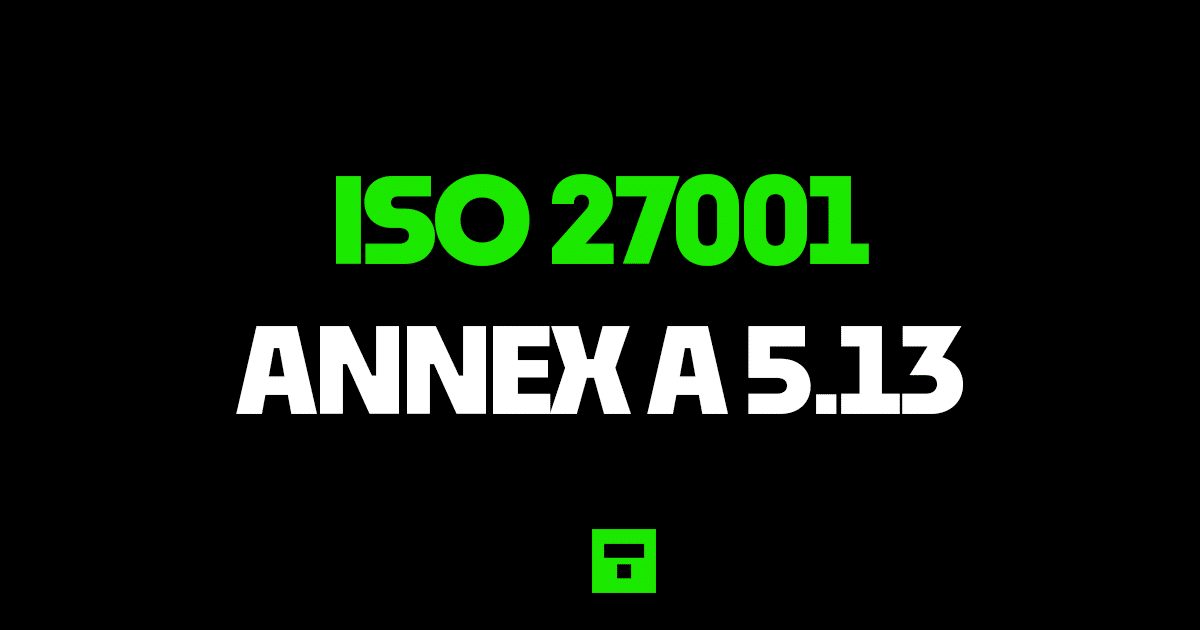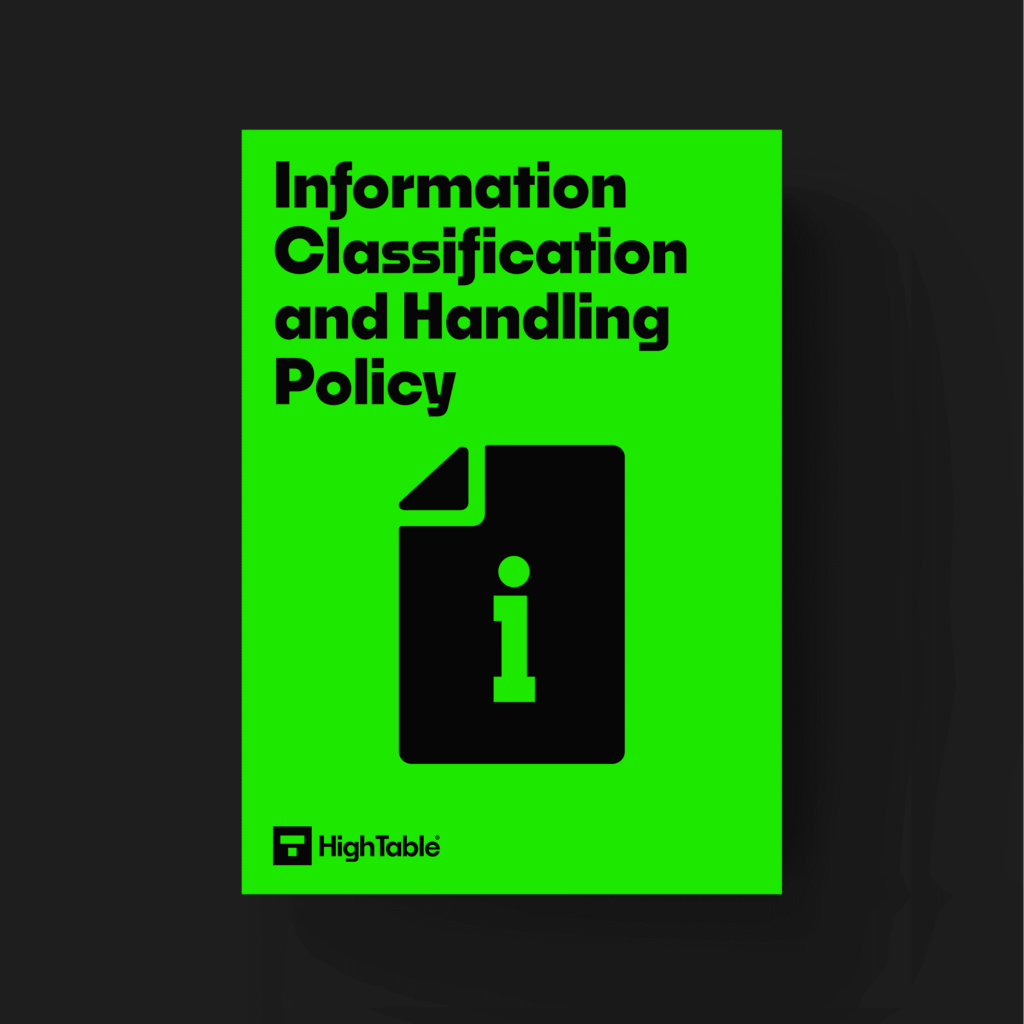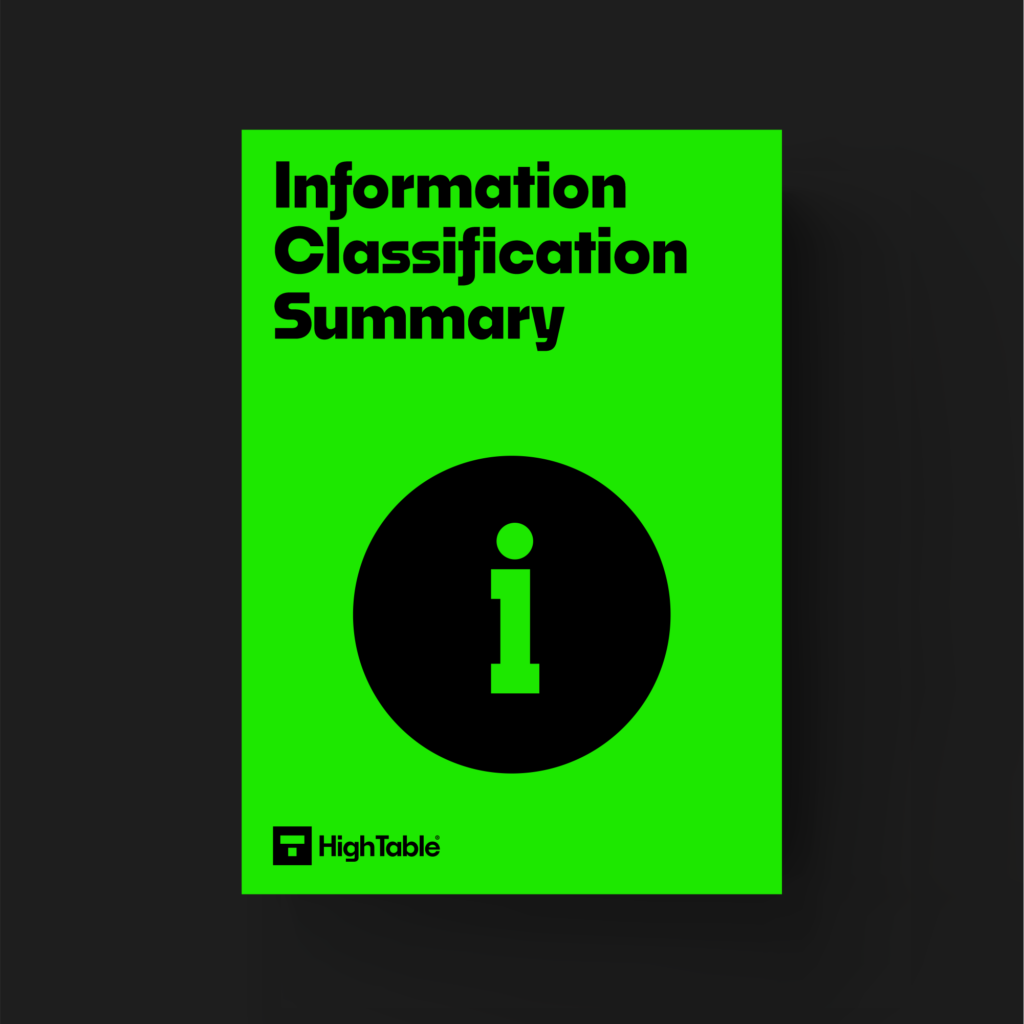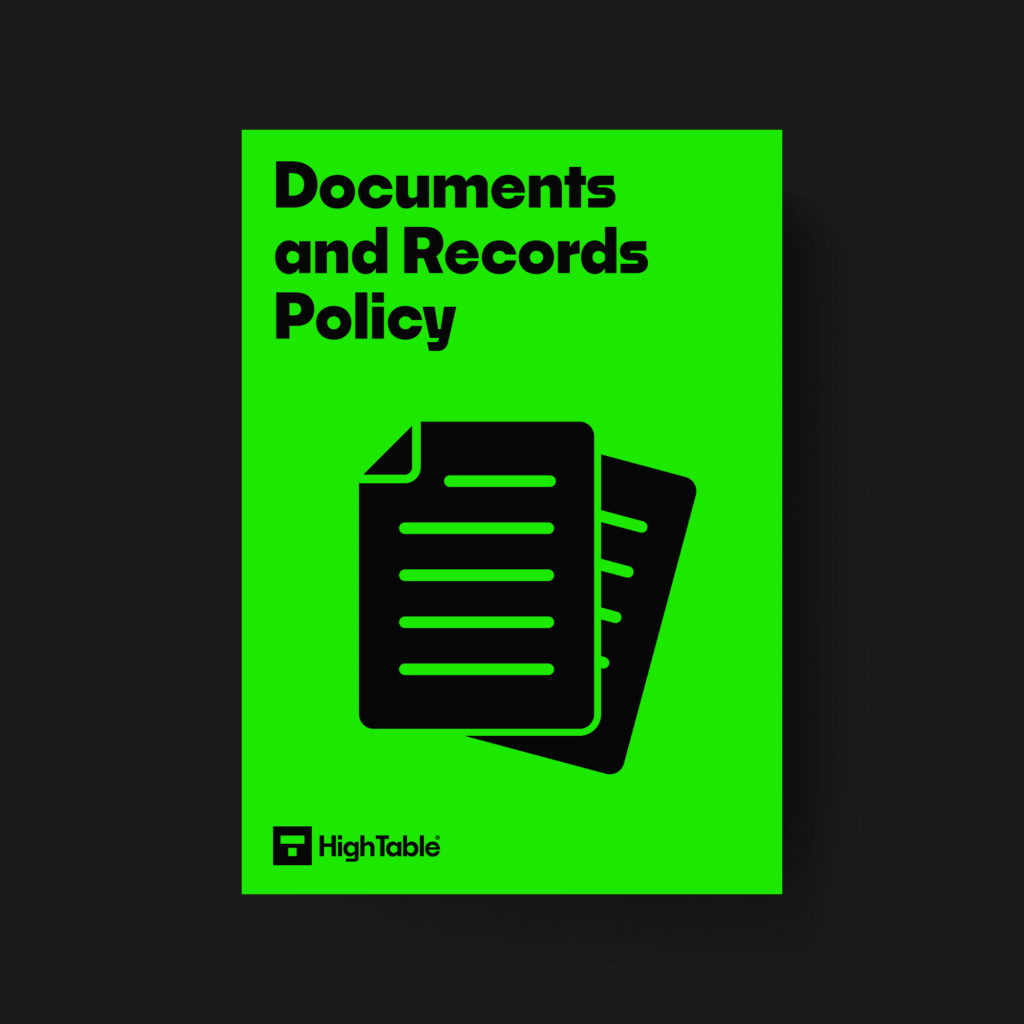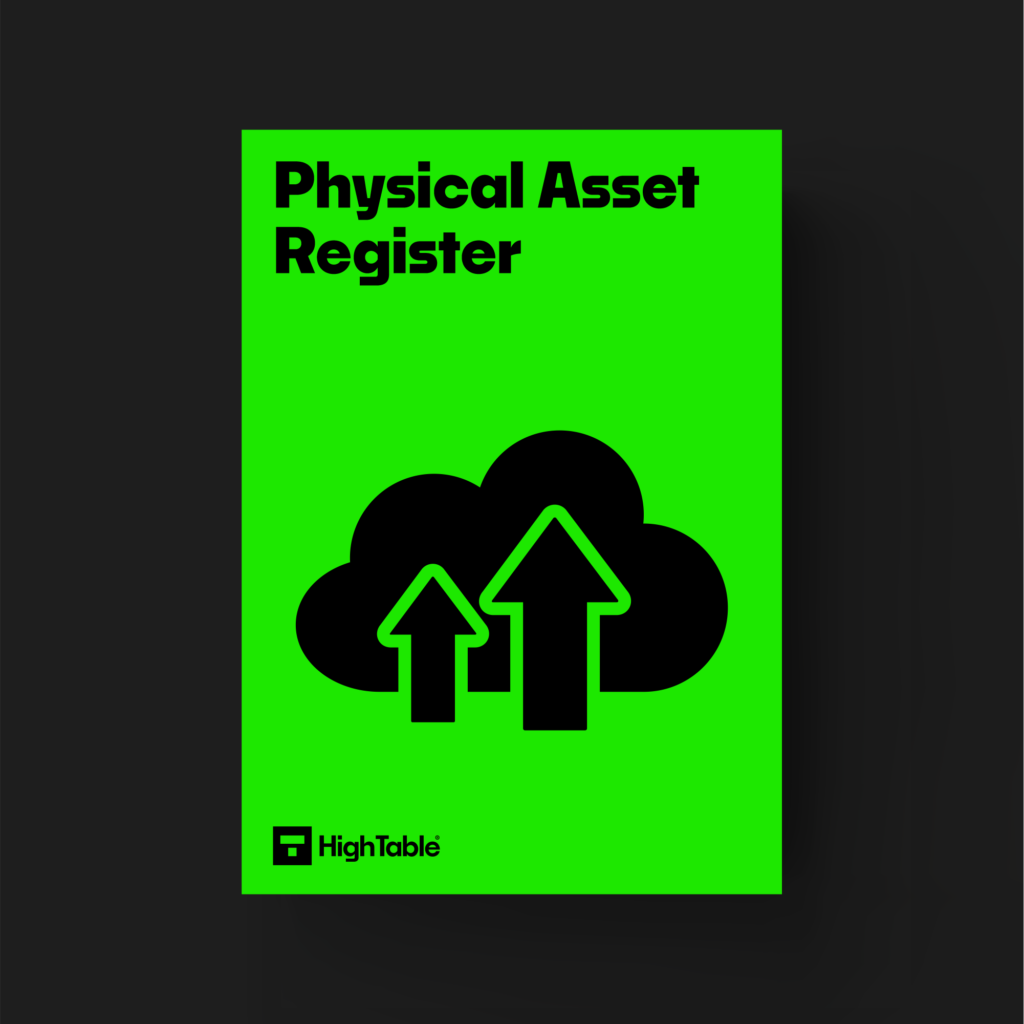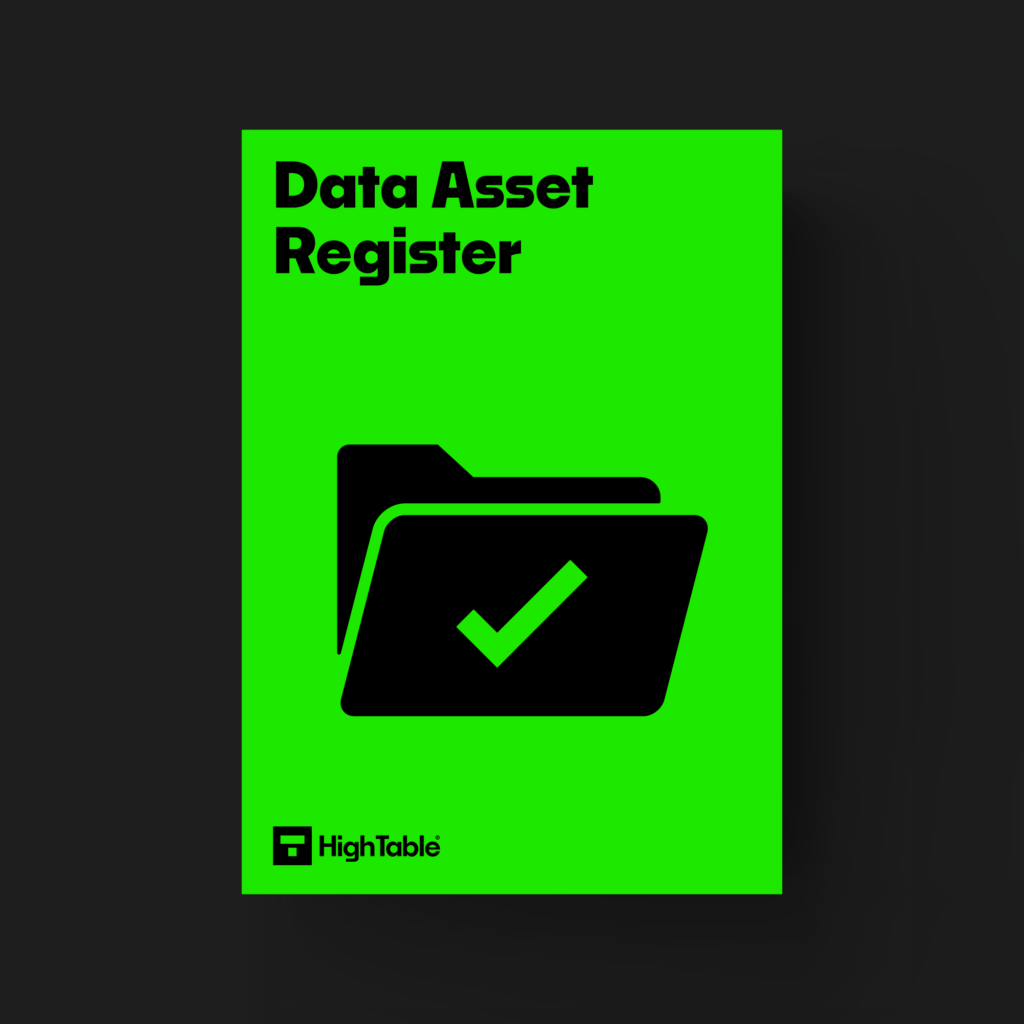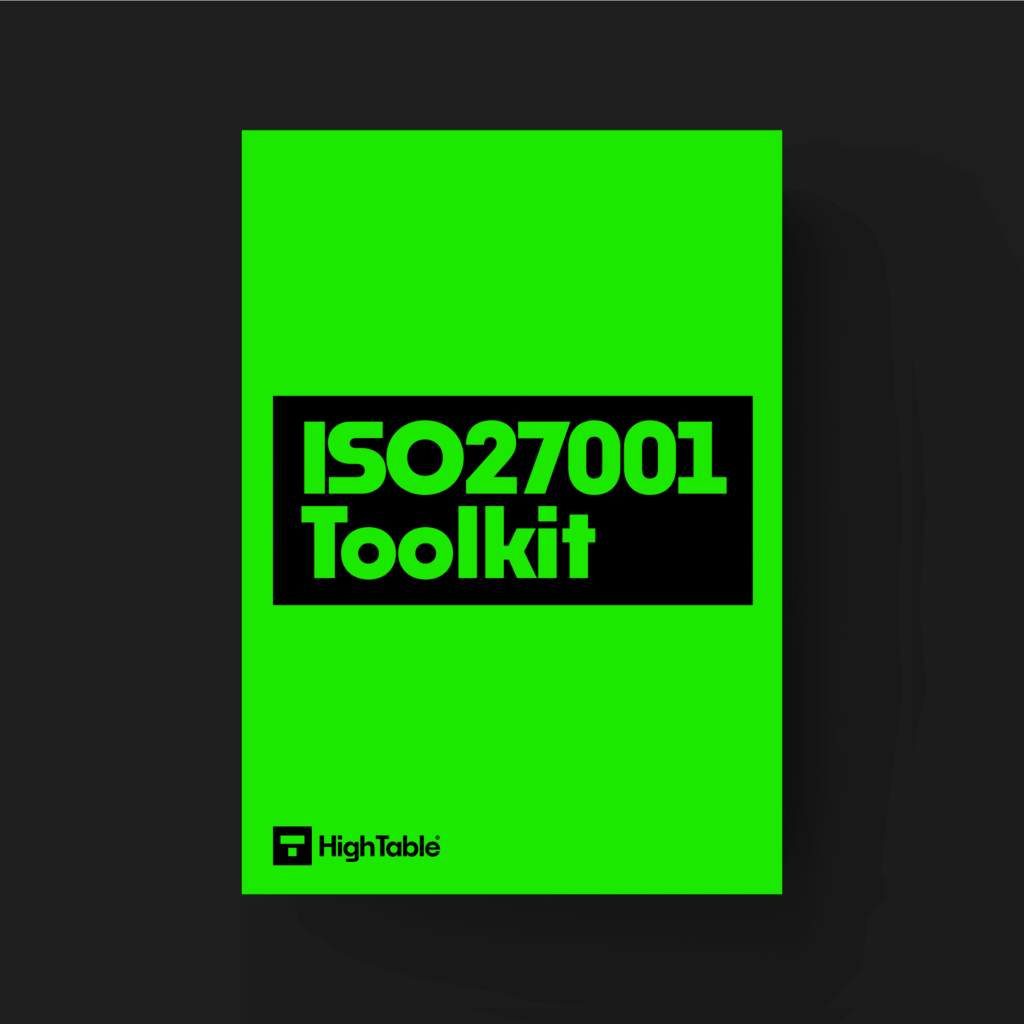ISO 27001 Labelling Of Information
In this ultimate guide to ISO 27001 Annex A 5.13 Labelling Of Information you will learn
- What is ISO 27001 Annex A 5.13?
- How to implement ISO 27001 Annex A 5.13
I am Stuart Barker, the ISO 27001 Ninja and author of the Ultimate ISO 27001 Toolkit.
With over 30 years industry experience I will show you what’s new, give you ISO 27001 templates, show you examples, do a walkthrough and show you how to implement it for ISO 27001 certification.
Table of contents
- ISO 27001 Labelling Of Information
- What is ISO 27001 Annex A 5.13?
- Implementation Guide
- What are examples of labelling techniques?
- Metadata
- Watch the Implementation Video
- ISO 27001 Templates
- How to comply
- How to pass an audit
- What will an audit check?
- Top 3 Mistakes People Make
- ISO 27001 Annex A 5.13 FAQ
- ISO 27001 controls and attribute values
What is ISO 27001 Annex A 5.13?
ISO 27001 Annex A 5.13 Labelling Of Information is an ISO 27001 Annex A control that requires an organisation to label information in line with the information classification scheme of the organisation.
In the 2022 update to the standard it introduced the use of metadata.
Purpose
The purpose of ISO 27001 Annex A 5.13 is a to ensure you facilitate the communication of classification of information and support automation of information processing and management.
Definition
The ISO 27001 standard defines ISO 27001 Annex A 5.13 as:
An appropriate set of procedures for information labelling should be developed and implemented in accordance with the information classification scheme adopted by the organisation.
ISO 27001:2022 Annex A 5.13 Labelling Of Information
ISO27001:2022 Changes
Ok, so the changes to the 2022 version of the standard are mainly that the standard now has a real hard on for metadata. I love metadata but this starts to move into overkill for many organisations and implies technologies and costs so this is one control that I would be considering carefully and proportionately and not necessarily following blindly. These are considerations and the use of risk management and compensating controls can be your friend here.
The standard also rightly sets out that the labelling of classified information is a key requirement but it also acknowledges that labelling of information can sometimes have negative effects. It does acknowledge that classified assets can be easier to identify by what it calls malicious actors for potential misuse. This is a ‘No Shit Sherlock’ moment because if you have labeled everything like it wants you to and added metadata to everything for searching you have just made indexing of your most valuable assets a cake walk when it gets into the wrong hands. Caution and pragmatism are advised.
Implementation Guide
The prerequisite for the this annex a control is having an information classification scheme in place. We covered information classification in – ISO 27001 Annex A 5.12 Classification of Information Beginner’s Guide
Once you have your classification scheme in place you are going to then label information and assets accordingly.
You are going to have to
- Implement procedures for information labelling
- Cover information and other associated assets in all formats
It is good practice to consider where labelling is omitted such as the case of non confidential information so that we can reduce the workload on people.
The procedures that you write should give guidance on where and how labels are attached and the different types of storage media. You will look at how to label information sent by or stored on physical, electronic and because the standard likes to catch everything, on what it helpfully calls ‘any other format’. Nothing like future proofing for the unknowns.
Of course there may be situations where labelling is not possible, and this is fine, as long as you have covered how to handle those cases. How you handle it may be to tag it with meta data or put in place some other compensating controls such as having an exception list and managing it via risk management.
When you have your labelling processes and procedures you are going to train staff on how to use and follow them and be able to evidence that you did so.
What are examples of labelling techniques?
Examples of labelling techniques can include:
- Headers and footers
- Metadata
- Physical Labels
- Watermarks
- Rubber Stamps – if you are proper old school
Metadata
Now the standard starts to stray into implementation territory with its guidance on metadata. Metadata has its place but we have to look at the appropriateness of the control to our risk and our organisation. Remember that the annex controls are guidance for consideration and you do not HAVE to implement them, only consider them, so if metadata is not appropriate for you that is fine, just note it down and manage it via your risk management process, accepting the risk.
Where it does apply and makes sense then you are looking at metadata to identify, manage and control information, especially in relation to confidentiality. It can help if it also makes it more efficient for searching for information but you can see here how the standard starts to tell you what to do not what is expected of you. Metadata searching for example is going to be reliant on specific technologies and implementations.
If you are using metadata then your procedures are going to describe how to attach metadata to information, what labels to use and how data should be handled. You are now moving into the realm of massive ball ache territory for your fellow colleagues so think carefully and act proportionately.
Watch the Implementation Video
ISO 27001 Templates
If you want to write these yourself I totally commend you. And pity you in equal measure. You could save months of effort with these templates that take 25 years of experience and distill it in a pack of prewritten best practice awesomeness.
DO IT YOURSELF ISO 27001
All the templates, tools, support and knowledge you need to do it yourself.
How to comply
To comply with ISO 27001 Annex A 5.13 you are going to implement the ‘how’ to the ‘what’ the control is expecting. In short measure you are going to
- Implement your classification scheme
- Implement your asset management and record all your assets in asset registers
- Write, implement and train people on your labelling processes and procedures
- Classify all of your assets and label them appropriately
- Decide if metadata is appropriate to you, to what level and implement to that
How to pass an audit
To pass an audit of ISO 27001 Annex A 5.13 you are going to make sure that you have followed the steps above in how to comply.
What will an audit check?
The audit is going to check a number of areas. Lets go through them
1. That you have implemented metadata
Remember where I said above the standard has a real hard on now for metadata, well you can bet your bottom dollar that auditors are going to go metadata crazy. They love a literal interpretation of the standards as if it were handed down by god to Moses. If it is appropriate to you do it, of course. But there is cost in time, resources, money, technology that may just not be appropriate. And that is ok. Document what you are doing, cover it in risk management, have a record of your decision, and what ever level of implementation you do show that you accepted the risk. The argument will come that you have included the control in your SOA and that it applies to you and therefore all of it applies to you. This is partly correct in that you have considered that the control applies to you because labelling information that is confidential and marking information and being able to control information based on labelling makes sense but you did not necessarily sign up carte blanche to an enterprise level metadata solution. Be prepared to fight your corner, it is a risk based system, so manage the risk, don’t just implement controls where they make no sense.
2. That you have processes, have followed them and have trained people
This is obvious but they are going to look that you have documented what you say you do, that you follow it and that you have trained people.
3. Documentation
They are going to look at audit trails and all your documentation and see that is classified and labelled. All the documents that you show them, as a minimum if they are confidential should be labelled as such. Doing anything else would be a massive own goal.
Top 3 Mistakes People Make
The top 3 Mistakes People Make For ISO 27001 Annex A 5.13 are
1. Your information is not labelled
This is such an easy win for an auditor to check. You will put information in front of them. You will have forgotten to label something. This maybe a HR org chart, a presentation, a PDF, a Visio diagram. Something, somewhere that you have that is confidential will not have been labelled and you will either show it to the auditor or they will ask you for it. Sods law. Check everything before you get audited. Then check it again.
2. One or more members of your team haven’t done what they should have done
Prior to the audit check that all members of the team have done what they should have, understand how to label information and have been trained in it.
3. Your document and version control is wrong
Keeping your document version control up to date, making sure that version numbers match where used, having a review evidenced in the last 12 months, having documents that have no comments in are all good practices.
ISO 27001 Annex A 5.13 FAQ
For ISO 27001 Annex A 5.13 Labelling Of Information you will need the ISO 27001 Information Classification and Handling Policy
There are templates for ISO 27001 Annex A 5.13 located here in the ISO 27001 Toolkit
ISO 27001 Annex A 5.13 Labelling Of Information is important because labelling of classified information is seen as a key requirement for information sharing. If you label it, you can control it. To facilitate the communication of classification of information and now with the 2022 changes, to support automation of information processing and management.
ISO 27001 Annex A 5.13 Sample PDF in the ISO 27001 Toolkit
Yes. Whilst the ISO 27001 Annex A clauses are for consideration to be included in your Statement of Applicability there is no reason we can think of that would allow you to exclude ISO 27001 Annex A 5.13. Information labelling is a fundamental part of your control framework and any management system. They are explicitly required for ISO 27001.
Yes. You can write the policies for ISO 27001 Annex A 5.13 yourself. You will need a copy of the standard and approximately 5 days of time to do it. It would be advantageous to have a background in information security management systems. There are a number of documents you will require as well as the policy for labelling information. Alternatively you can download them in the ISO 27001 Toolkit
ISO 27001 templates for ISO 27001 Annex A 5.13 are located in the ISO 27001 Toolkit
ISO 27001 Annex A 5.13 is hard. Depending how deep you go down the rabbit hole of metadata implementation. It can take a lot of time. We would recommend templates to fast track your implementation.
ISO 27001 Annex A 5.13 will take approximately 6 months to complete if you are starting from nothing and doing a full implementation including metadata implementation. With the right risk management approach and an ISO 27001 Toolkit it should take you less than 1 day.
The cost of ISO 27001 Annex A 5.13 will depend how you go about it. The main costs here are going to be in the metadata implementation and how far you go down that path. If you do it yourself it will be free but will take you about 6 to 12 months so the cost is lost opportunity cost as you tie up resource doing something that can easily be downloaded and managed via risk management.
ISO 27001 controls and attribute values
| Control type | Information security properties | Cybersecurity concepts | Operational capabilities | Security domains |
|---|---|---|---|---|
| Preventive | Confidentiality | Protect | Information_protection | Defence |
| Integrity | Protection | |||
| Availability |

